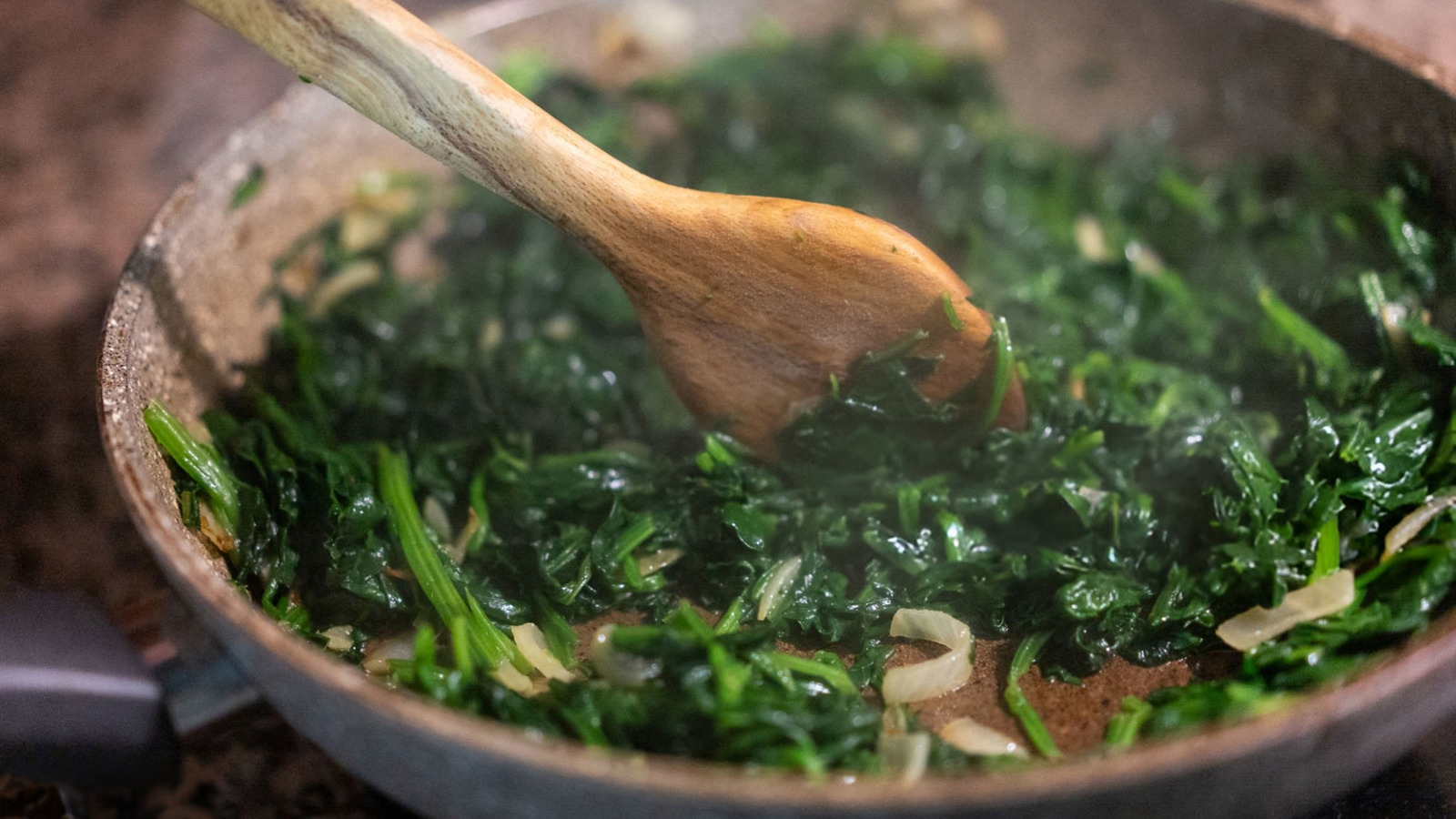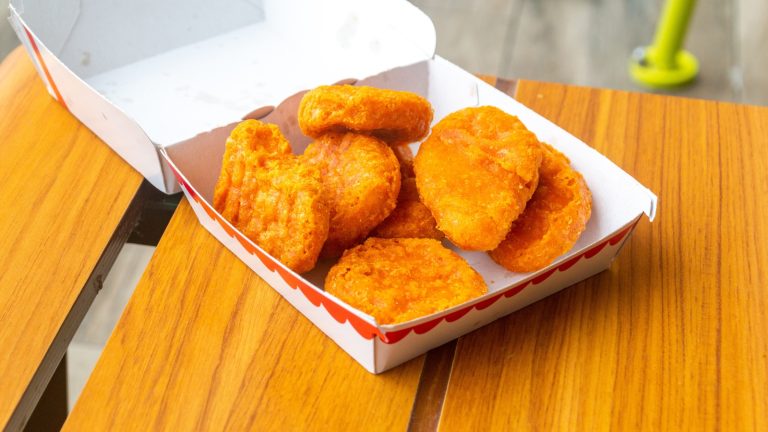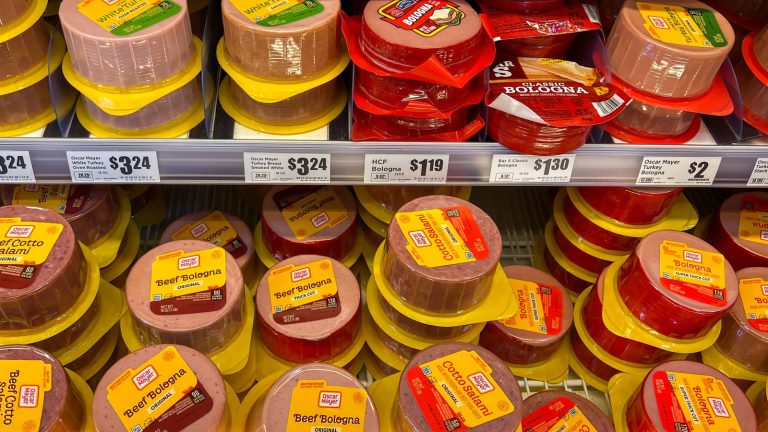Sauteing is one of the most fundamental cooking techniques. It’s quite simple on the surface: heat up your pan, toss in the ingredients, and sizzle everything over high heat. Voila, there’s your pan-full of sauteed broccoli, or super-aromatic white wine sauteed mushrooms done. But if your last few sauteed dishes haven’t turned out right, see if you’re making this very common mistake that even some experienced home cooks can make — were you sauteing with a cold pan?
Look, we get it. Life is busy, and when you’re hungry, the last thing you want to do is wait around for a pan to heat up. But the wait actually matters a lot: if you toss the ingredients willy-nilly into a cold pan, they will come out looking very off. Instead of getting a nice sear right away, your food basically sits there steaming in its own juices while the pan slowly heats up. By the time the pan reaches the right temperature, your food’s just soggy and overcooked.
Instead of dealing with that headache, just let the pan get hot first. Wait until the oil starts to shimmer a bit before putting your food in. When you do, the ingredients should also start sizzling the instant they hit the pan (if they don’t, pull everything out and try again when the pan’s properly hot). Trust us, those extra few minutes make all the difference in the final dish’s quality.
It’s a lot harder to saute in a cold pan
Ever tried cooking with a cold pan? Lucky you if you haven’t, because it’s a painful experience — everything you put in the pan will stick to it. On a cold pan, foods have a very hard time caramelizing and forming a non-stick crust, so as the heat picks up, they’d quite literally melt onto the metal surface. And when that happens, if you were to try and pry the stuck bits off, chunks would tear off and get left behind on the pan. Needless to say, your sauteed fiddlehead ferns wouldn’t come out looking too good.
The pan itself shares some of the blame, too, especially if you use bare-metal cookware like stainless steel or carbon steel pans. Though it looks smooth to the eye, when you zoom into a metal pan’s bottom with a microscope, you’ll find that it’s covered in small cracks and crevices. When the pan is cold, these little gaps are shut tight, creating a grabby surface that can stick fast to your food. But heat the pan, though, and the metal would expand, widening these tiny pores and giving your food a smoother surface to sizzle on.
So, considering how a cold pan is both harder to cook with and can ruin your food … it’s definitely worth saving a couple of minutes by heating up the pan if you were to ask us!






